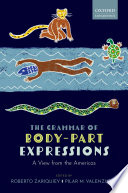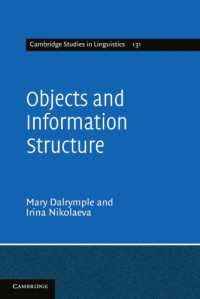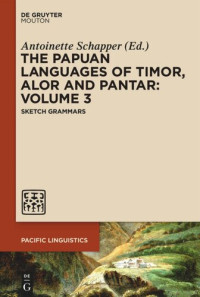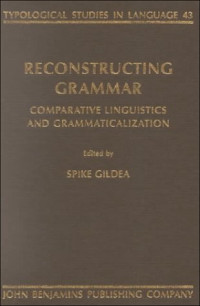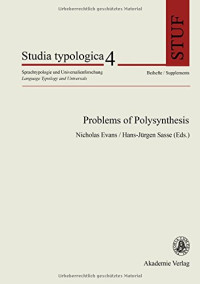
Agentivity and Participant Marking in Dena'ina Athabascan: a text-based study
Lovick Olga Charlotte.
Köln: Univ., N.A., 2005. - 252 p.This dissertation is concerned with strategies of participant marking in narrative texts in Dena’ina Athabascan, a language spoken in south-central Alaska. Dena’ina is a highly headmarking, polysynthetic language, and all referents (subjects, direct objects and postpositional objects) are encoded by pronominal affixes to the verb stem, as opposed to free pronouns or noun phrases. After a short introduction into the grammar of the language (chapter 1), the pronominal inventory as well as basic pronominal functions are explored (chapter 2). It is then shown that there is a significant asymmetry between the pronominal marking of first and second person referents (so called discourse referents) and of third person referents. These differences are: Discourse referents are always overtly encoded by a prefix, while third person referents can be encoded by null-marking; also, first and second person are marked in a different position within the verb word than third person prefixes. First and second person prefixes display case-marking, third person prefixes do not. An interesting semantic difference between prefixes encoding discourse referents on the one hand, and third person prefixes on the other, is that the latter group agree with their referent with respect to features such as animacy or human-ness. Several examples are presented where the narrator makes use of this mechanism either to keep track of several referents without explicitely naming them, or to express his or her attitude towards particular referents, by either down- or upgrading them.
 Amazon
Amazon  Barnes & Noble
Barnes & Noble  Bookshop.org
Bookshop.org  파일을 변환하실 수 있습니다
파일을 변환하실 수 있습니다  더 많은 검색 결과
더 많은 검색 결과 기타 혜택
기타 혜택 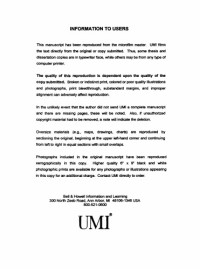
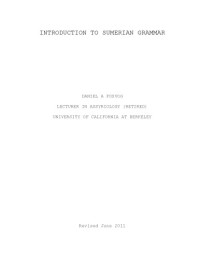
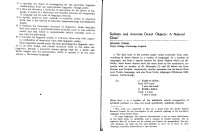
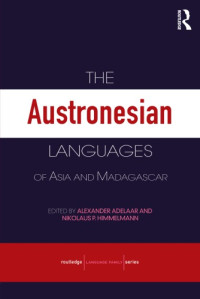
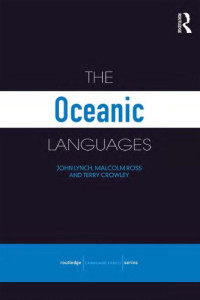
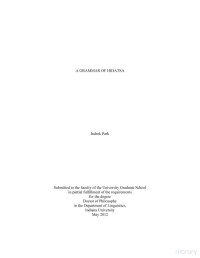
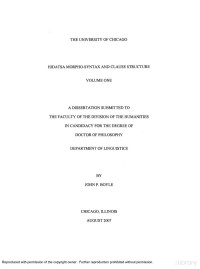
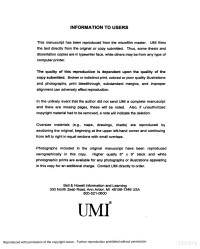





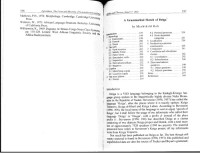

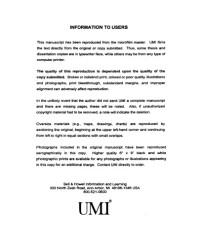
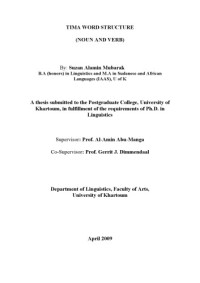
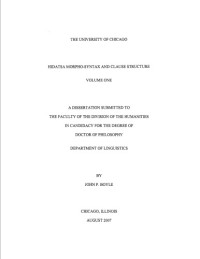

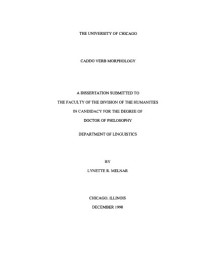

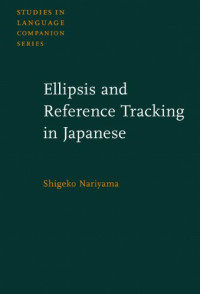
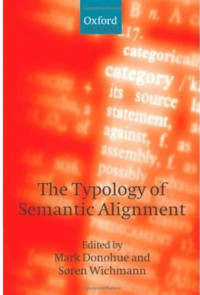
![R.M.W. Dixon, Barry J. Blake (editors); Alan Rumsey (author) — Handbook of Australian Languages [Chapter on Bunuba ONLY]](https://s3proxy.cdn-zlib.se/covers200/collections/genesis/bbd815578546e586f609a67b260cbac96bdcd77a23f355253a954bff2cabf488.jpg)
